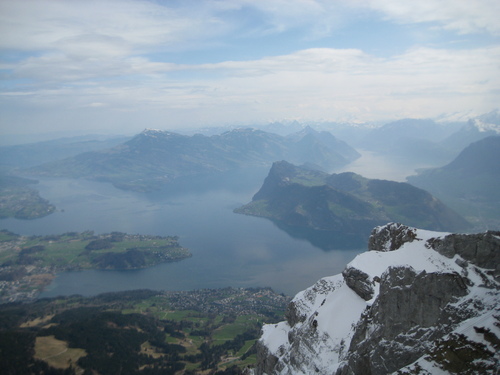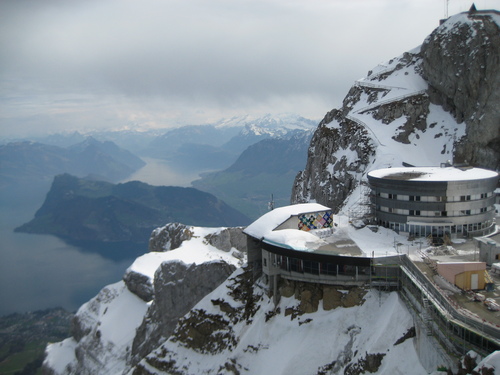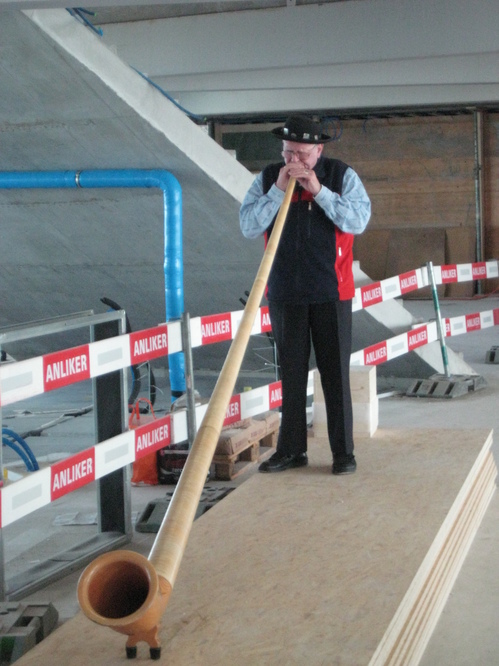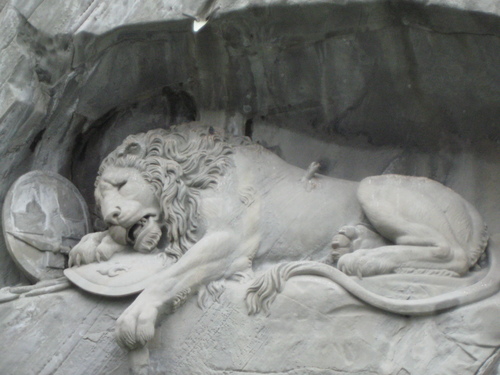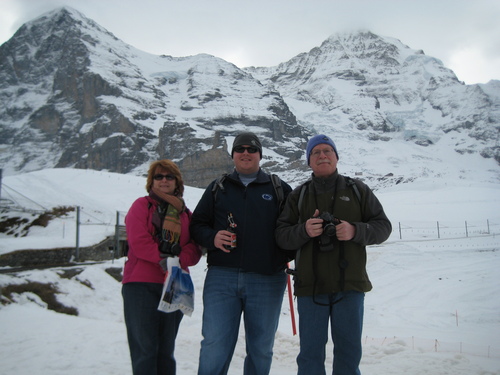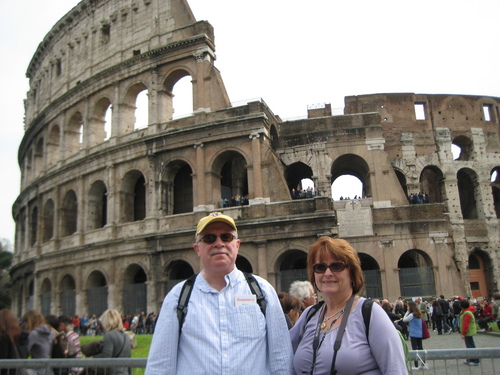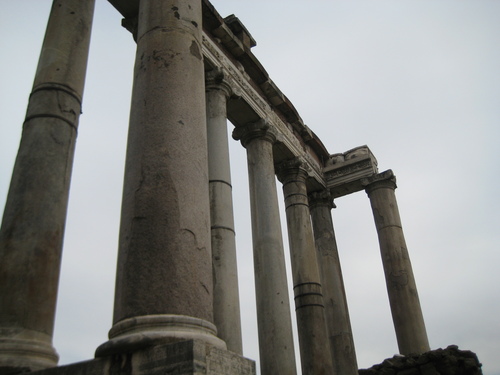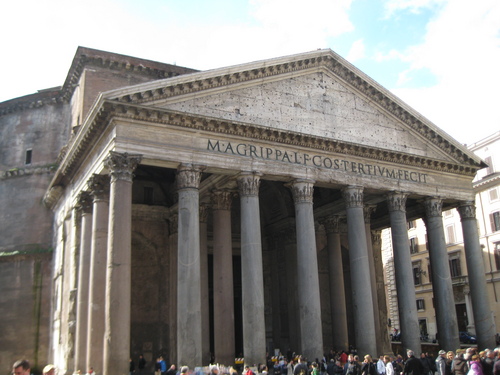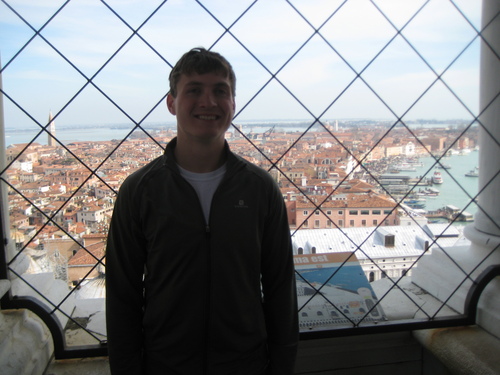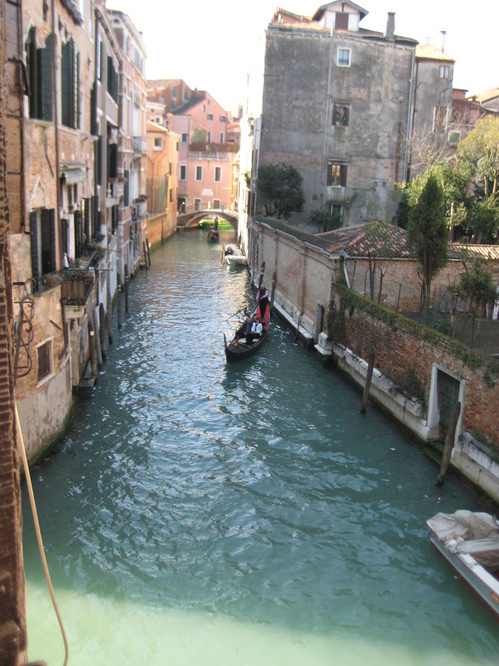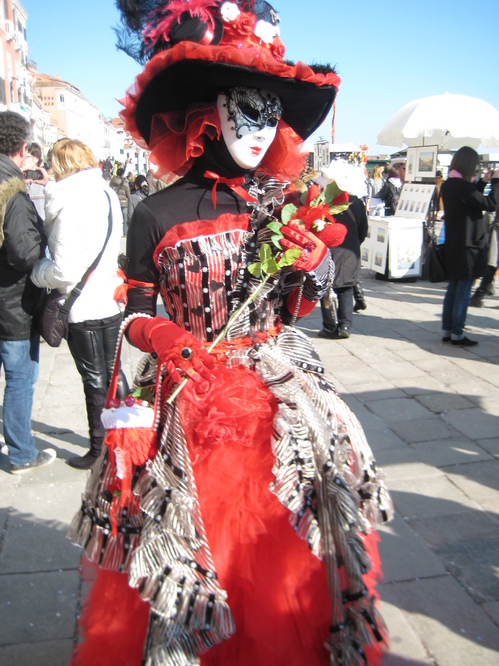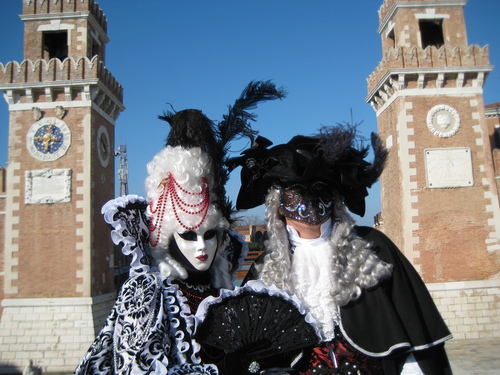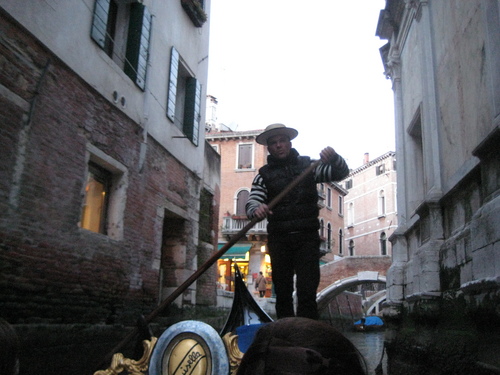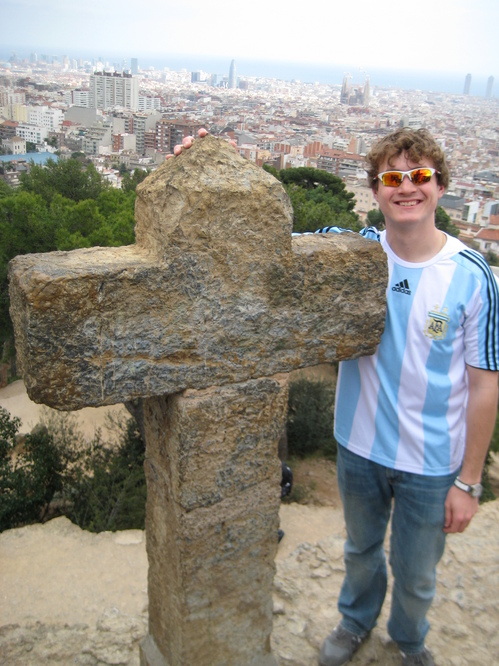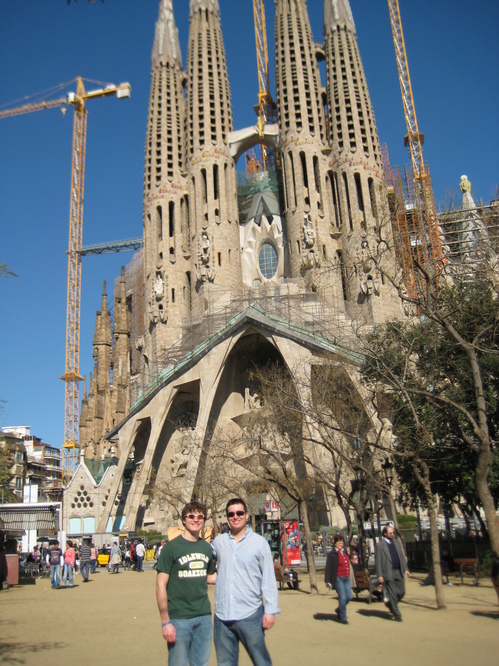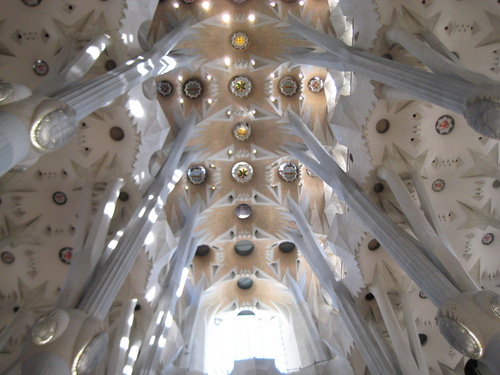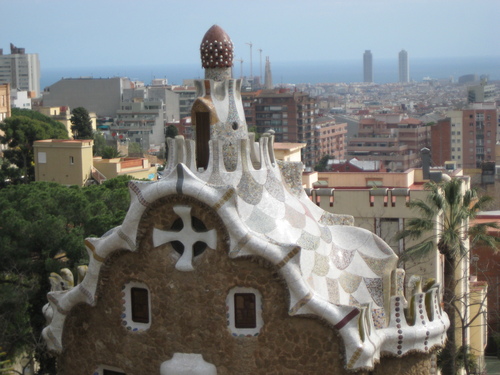Ever since I decided that I was going to study abroad in Europe, one of my most desired travel destinations was Athens. Last weekend, I fulfilled my wish as I got to spend 3 days and 2 nights in this amazing ancient Greek city.
 Friday
Friday
Getting to Athens from Italy is notoriously difficult. As such, even though we had no class on Friday and I was done at 1:00 P.M. Thursday afternoon, I had to wait until Friday morning to fly out of Milan. Arriving in Athens Friday afternoon to a projected forecast of rain, I took a bus from the airport (only 5 euros!) and headed to my hostel, which was conveniently located at the base of the Acropolis. Due to the poor forecast and the fact that most tourist sites close anywhere from 3:00 P.M. to 5:00 P.M. in Athens, I decided to circle the Acropolis and walk around Plaka, a famous and interesting shopping district located directly below the Acropolis.
Relieved that the weather was holding off, I walked to the top of Mars’ Hill and was treated to my first breathtaking panoramic view of Athens.

As an incredibly old city (obviously), the houses and buildings are an interesting combination of European and Middle Eastern styles. Composed mostly of the signature block materials seen in the Middle East, but containing the trademark red roofs of typical European architecture, the city’s history unfolds before your eyes as you gaze over its sprawling housing projects.
Walking through Plaka is one of the best ways to experience authentic Greek culture. This Athenian district contains an endless number of shops (mostly selling jewelry, antiques, tapestries, or souvenirs), gyro shops, Greek food stands, and restaurants, all while being surrounded by and intertwined with hundreds of ancient ruins. Although many of the shops and restaurants in this area are incredibly touristy, the unmistakable feel for the city and culture is quite evident from this section of town. Deciding to sample the local food in this area, I ate dinner at a small hole-in-the-wall restaurant and had the best gyro I’ve ever had.
Saturday
Since I had only a shortened weekend in Athens, I needed to make the most of Saturday. Therefore, since access to the Acropolis started at 8:30, and I was staying 2 minutes from it, I woke up at 7:30, ate breakfast (which was the stellar combination of hard-boiled eggs and toast as provided by my hostel), and headed to this historic site when it opened. When visiting the Acropolis, you purchase a ticket that gives you access to the top of the Acropolis, the Theatre of Dionysus, the Acropolis Museum, and all of the structures and sanctuaries located on the slopes of this giant plateau. However, by showing a student ID, access to every Greek monument is completely free!
Entering from the gate located in front of the Acropolis Museum, I immediately came to the Theatre of Dionysus. As the theatre that showcased the debuts of the famous ancient Greek plays written by Sophocles, Euripides, and Aeschylus, it was hard not to be impressed by not only it’s intricate construction, but its durability to survive over 2,000 years. Next, I came to the Herrod Atticus, the most famous and ancient outdoor theater in Athens. Still used as an amphitheater for modern concerts, this theater is amazing for its size and beautiful architecture. Its shows are supposedly one of the top things to do in Athens, but, unfortunately, these shows are only shown in this venue in the summer.
Finally, I reached the stairway up to the Acropolis and made my accent to this summit of this storied plateau. When I think of Athens, I immediately visualize this “Sacred Rock” dominating the city’s skyline and symbolizing the greatness that was the ancient Greek society and culture. Despite these high expectations, I was still amazed by the sheer size and beauty of the numerous solid marble temples, sanctuaries, and structures on top of this hill. The obvious main attraction here is the Parthenon. Despite its half-destructed state and numerous alterations from being made into both a Christian basilica and an Islamic mosque throughout its history, you can still visualize this giant structure in all its glory as it was countless centuries ago. One of the first people to reach this site that morning, I was allowed to enjoy the serene calm atop this rock and appreciate the true genius that allowed the ancient Greeks to both construct it and develop the technology needed to do so. Also atop the Acropolis are the Temple of Athena Nike and the Erechtheion, two impressive holy temples that are definitely worth seeing when visiting Athens.
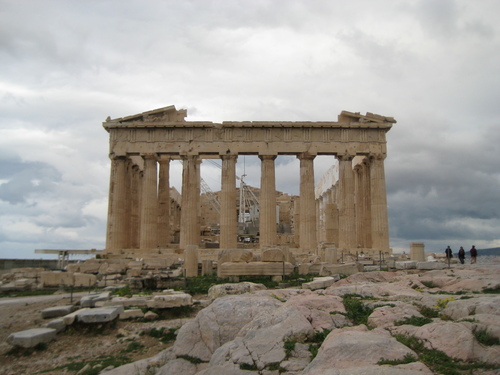 After leaving the top, I walked across the slopes of the Acropolis and down to the Ancient Agora. Similar to the Roman Forum, this was the most important section of the city when the Greek civilization was at its peak. A place where business was conducted, worship was completed, sacrifices were made, and even home to the Library of the ancient emperor Hadrian, the Agora contains countless ruins of buildings that have long since fallen down. Walking through this area truly provides an idea of what the Ancient city of Athens looked like on daily basis and how the citizens really lived and interacted.
After leaving the top, I walked across the slopes of the Acropolis and down to the Ancient Agora. Similar to the Roman Forum, this was the most important section of the city when the Greek civilization was at its peak. A place where business was conducted, worship was completed, sacrifices were made, and even home to the Library of the ancient emperor Hadrian, the Agora contains countless ruins of buildings that have long since fallen down. Walking through this area truly provides an idea of what the Ancient city of Athens looked like on daily basis and how the citizens really lived and interacted.
After the Ancient Agora, I visited the Athens Central Market. Featuring long lines of hanging cured meats, piles of seafood (including whole fish, squid, octopus, crabs, lobster, and eels), and endless stacks of seasonings in clear plastic bags, this market was a cool way to become incorporated within the food culture of Greece. I ate lunch at a gyro stand within the market and sampled some nuts within the market for lunch.
Next, I decided to walk to Lycabettus Hill, the highest point in Athens. When going to Athens, it is definitely worth the relatively steep climb up this hill (there is also a tram you can take up if you are feeling lazy or aren’t able to walk) to get an incredible overlook of the city, including the Acropolis. Plus, in the true spirit of capitalism, there is a vendor waiting at the summit ready to sell you a bottle of water for an outrageous price! Next, I took the metro back to the Acropolis and walked to the Temple of Olympian Zeus. This temple is located next to Hadrian’s Arch (also an impressive example of Greek architecture) and is placed in the middle of a giant grass field. Although you can’t really get close to the ruins because they are roped off, it is still amazing to see the craftsmanship and skill of the Ancient Greeks. Once the largest temple in Athens, all that survives are two small sections of marble columns, but the large space allows you to appreciate the magnificence of its former state.


After the temple, I walked over to Filopappos Hill, located next to the Acropolis and featuring several ruins and overlooks of the city, then the famous Panathenaic Stadium, home to the several famous athletic games in Ancient Greece and the first modern Olympics to finish my day.
Sunday
Since my flight wasn’t until the afternoon, I had the morning to see the sights I was not able to get to the previous day. First thing in the morning, I went to the Acropolis Museum, which contains what is left of the actual statues in the sanctuaries and temples on the Acropolis (the ones on the actual monuments are replicas). Despite the many interesting pieces in this museum, it is sad that so many statues are missing. Centuries ago, during times of turmoil within the Greek government, British historians and collectors claimed them and took them back to the UK, where they still reside today. Then, as my last stop in Athens before returning to Milan, I took the metro to the Piraeus, the main port of Athens. When going to Athens, it is definitely not necessary to take this long trip, as the port was pretty standard and not nearly as impressive as those of Monte Carlo, Barcelona, or Venice.
Travel Tips:
- Stay at Athens Backpackers. It is rated the #1 Hostel in Athens for a reason.
- Make sure and validate your metro and bus tickets. Fines for not doing so are 60 times what the fare rate is!
- Take some time to simply walk around areas like Plaka to get a true feeling of what Athens is and how its citizens live.
- The younger crowd in Athens is found in Gazi or Pfsiri.
Location: Athens, Greece
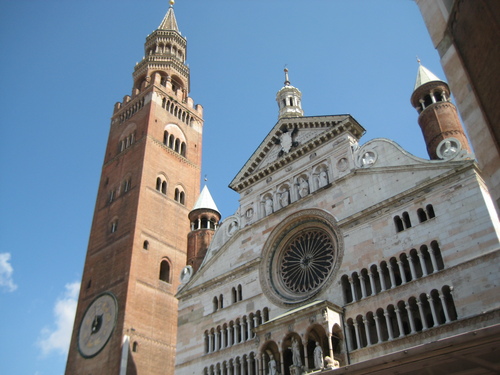 Our next stop was to a shop owned and operated by a violin maker, a skill and craft from which Cremona derives it’s worldwide fame. A small town in Northern Italy, Cremona is known throughout the music world as the heart of violin making and the prime destination for those who wish to purchase the best and most expensive of these intricately made musical instruments. We sat and listened for an hour as the violin maker explained the history of his craft, including the painstaking process required for the construction of each individual violin. Throughout this lecture we learned that each violin takes 2-3 months for its complete construction and costs anywhere from 5,000 – 25,000 euros. (Fun Fact: A violin made by revered violin maker Antonio Stradivari typically goes for 3-5 million euros at auction!).
Our next stop was to a shop owned and operated by a violin maker, a skill and craft from which Cremona derives it’s worldwide fame. A small town in Northern Italy, Cremona is known throughout the music world as the heart of violin making and the prime destination for those who wish to purchase the best and most expensive of these intricately made musical instruments. We sat and listened for an hour as the violin maker explained the history of his craft, including the painstaking process required for the construction of each individual violin. Throughout this lecture we learned that each violin takes 2-3 months for its complete construction and costs anywhere from 5,000 – 25,000 euros. (Fun Fact: A violin made by revered violin maker Antonio Stradivari typically goes for 3-5 million euros at auction!). 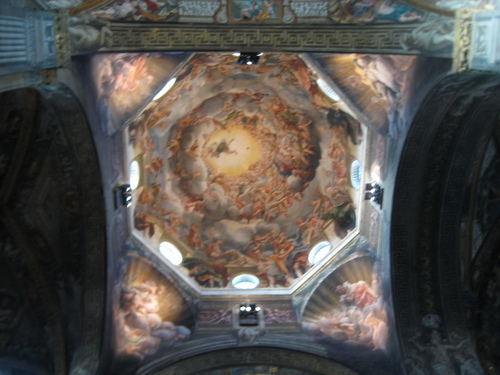 After our tour was completed, we walked over to the restaurant in which IES had arranged for us to eat dinner, the Trattoria Corrieri. This 2.5 hour, 5-course meal was probably the best dinner I have ever had as we were treated to an appetizer of fried dough and assorted deli meats, a first course of pumpkin ravioli, a second course of rizzoto and polenta, a third course of chicken with gravy, and dessert featuring tiramisu.
After our tour was completed, we walked over to the restaurant in which IES had arranged for us to eat dinner, the Trattoria Corrieri. This 2.5 hour, 5-course meal was probably the best dinner I have ever had as we were treated to an appetizer of fried dough and assorted deli meats, a first course of pumpkin ravioli, a second course of rizzoto and polenta, a third course of chicken with gravy, and dessert featuring tiramisu. 






